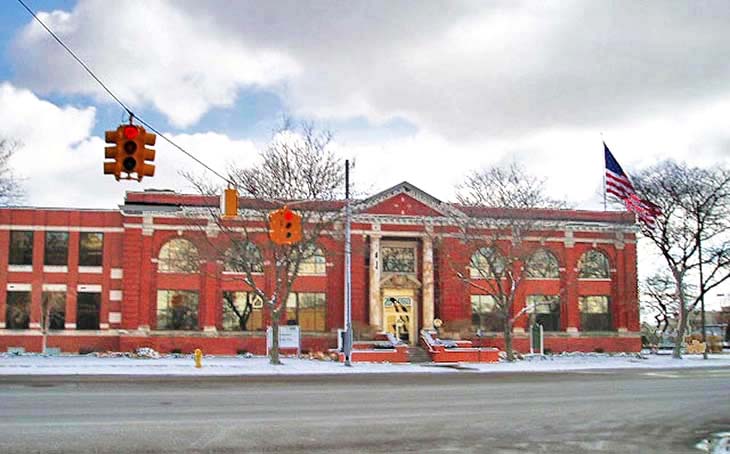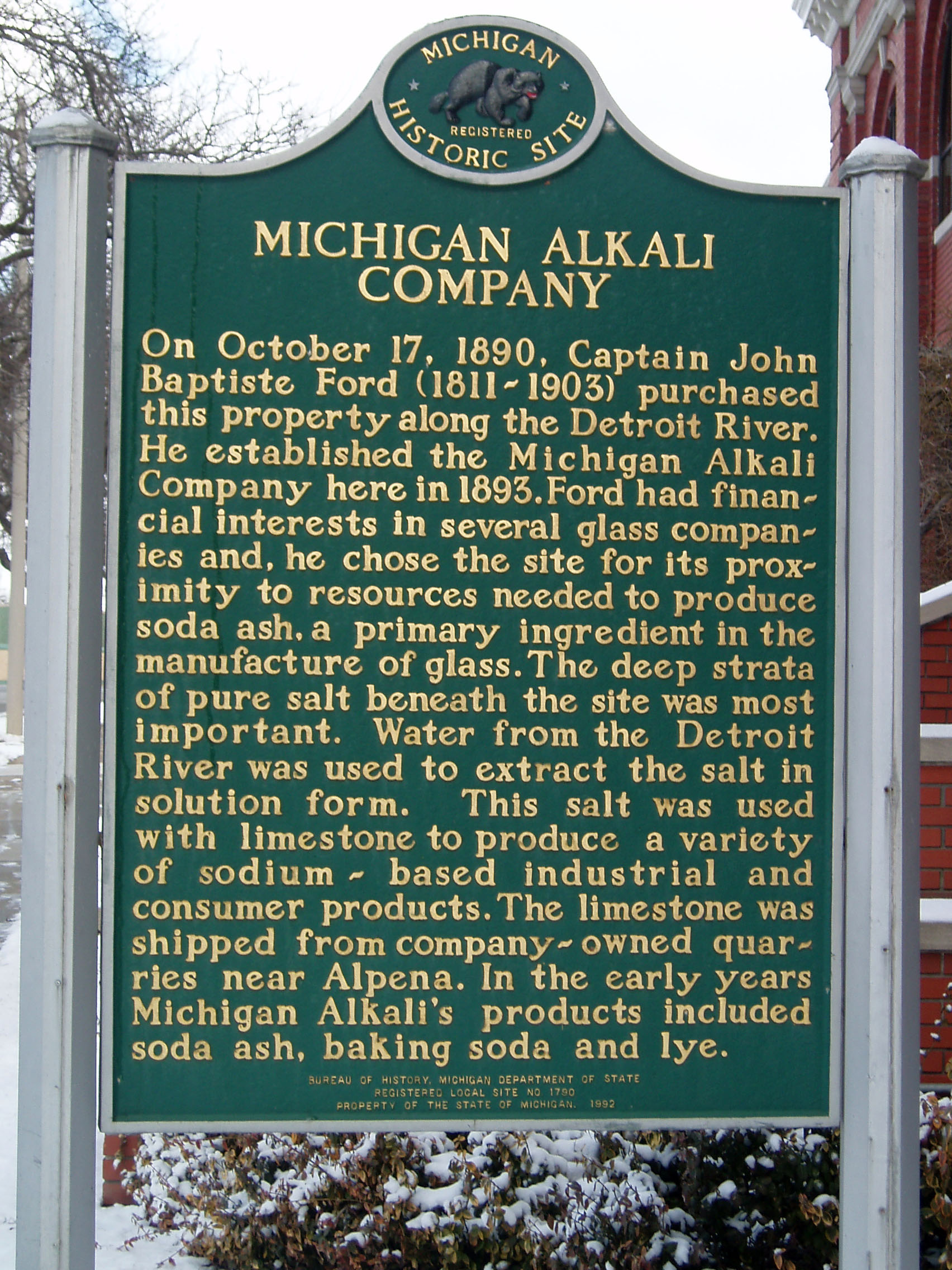

John Baptiste Ford operated steamboats on the Ohio River prior to the Civil War. That occupation led him to use the title, Captain. However, he maintained a strong interest in the industrial development of Pittsburgh. As architects improved their skills in the mid-Nineteenth century, and as their array of structural materials widened, it became possible to design homes and offices with larger spaces for windows—a development that greatly improved interior illumination. Display windows were also an appealing feature of urban retail stores that were located in growing cities. Architects and builders purchased their plate glass in Europe, but many individuals tried to produce glass in the United States that would rival what was imported from abroad.
John Ford believed that Creighton, Pennsylvania—about 20 miles from Pittsburgh—would be an ideal location to establish a modern glass firm. Soda ash was readily available from nearby hills. Coal—needed to power the machines of a glass making factory—was also accessible at low cost. Much sand was needed to polish glass, but this could be obtained by mining local river beds. Ford lacked capital to establish an innovative glass firm, but convinced John Pitcairn, an executive with the Pennsylvania Railroad, to invest. In 1883, Ford and Pitcairn established the Pittsburgh Plate Glass Company. This became the first US firm that successfully challenged European glass producers, a firm that by the 1890s developed methods for making thinner but strong plate glass for windows and one that continues to this day as one of the nation’s leading glass and chemical firm still headquartered in Pittsburgh.
Seeking to expand the business, in 1891 John
Ford realized that salt could be mined underneath Wyandotte, Michigan, and
that this location
would be ideal
for a glass and chemical firm. Requisite minerals were at hand, and the city’s
favorable location on rail lines and the Great Lakes facilitated transportation,
although the limestone for his factory had to be shipped from Alpena. He established
Michigan Alkali in Wyandotte in 1891 and built many homes for his workers.
He named this town Ford City, but it lost that designation when the area was
included in Wyandotte.,
Ford and his sons disagreed strongly with Pitcairn about management of the Pittsburgh Plate Glass company and, by 1897, they had severed their connection to that firm. Shortly after establishing the chemical business in Wyandotte, Ford moved to Toledo which was rapidly becoming the nation’s leading glass production center. I believe he and his sons established a new firm—the Ford Glass Company—shortly before his death in 1903. The glass business was destined to thrive in the automobile age. The earliest cars produced in Detroit used no glass. Indeed, they were open cars offering drivers and riders no protection from inclement weather. After 1912, enclosed cars designed to be driven throughout became popular. Isinglass was used in some early cars, but once manufacturers perfected shatterproof safety glass, the auto companies began purchasing great quantities of glass from the various firms headquartered in Toledo, including one major firm linked to the Ford family. In 1930, the Ford Glass Company—or at least parts of it—merged with the well established Libby-Owens Glass Company of Toledo.
In 1943, Michigan Alkali and the Ford Glass Company merged to form Wyandotte Chemical. In 1969, the firm was sold to BASF, a German conglomerate that is, I believe, the largest chemical producer in the world. By 2005, BASF had worldwide sales of 43 billion Euros and 94,000 employees on five continents. In September, 2006, BASF announced that they intended to invest $100 million in a new plant in Wyandotte to produce resins and polymers that had previously been made in a Wisconsin plant that BASF purchased.
The word alkali is an Arabic one meaning calcined ashes. It
refers to a base that dissolves in water without leaving a precipitate. It
is typically a soluble
salt containing sodium, potassium, calcium and magnesium and used for a variety
of industrial and chemical purposes.
Architect: Alpheus W. Chittenden
Style: Colonial Revival or Georgian Revival
Date of Construction: 1907
Use in 2006: Office building for the present owners of this firm: BASF
Michigan Registry of Historic Sites: P25372; Listed October 11, 1990
Michigan Historical Marker: Placed here August 7, 1992
Photograph: Ren Farley; February 12, 2006
Return to Commercial Buildings
Return to Home Page